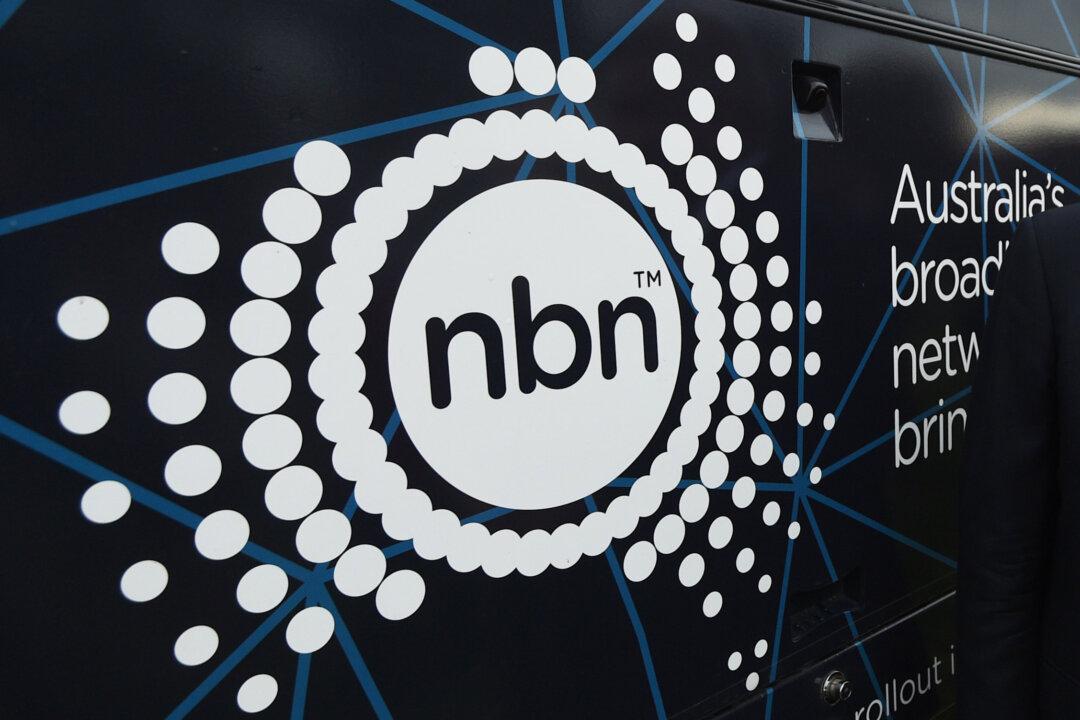News Analysis
The Albanese Labor government’s announcement of a $3 billion funding boost to complete the National Broadband Network (NBN) has reignited debate over the network’s usefulness, financial sustainability, and relevance.

The Albanese Labor government’s announcement of a $3 billion funding boost to complete the National Broadband Network (NBN) has reignited debate over the network’s usefulness, financial sustainability, and relevance.